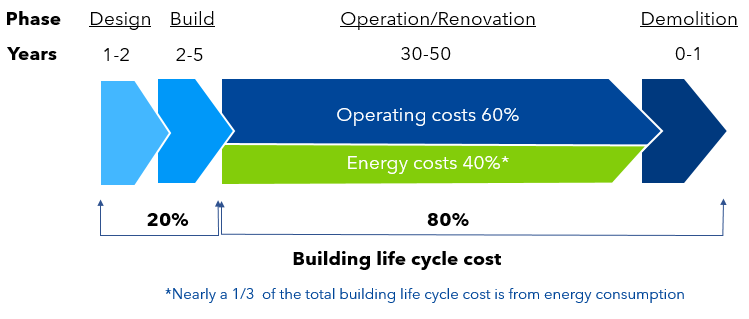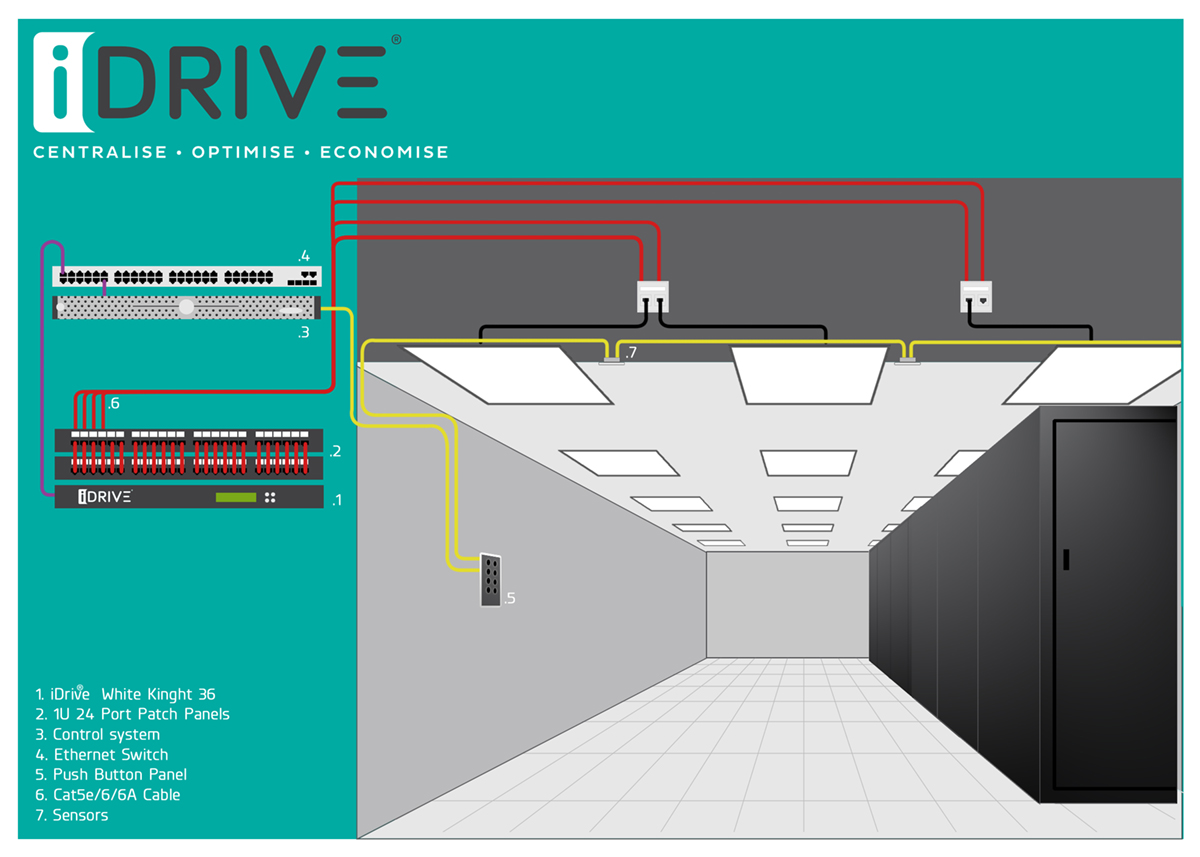Funding for government building projects may seem like a low priority now, but looking ahead, ensuring these buildings work smarter will be key to restoring normal business operations, argues Liz Farrimond from iDAC Solutions Ltd
Funding for government building projects may seem like a low priority at the moment, but moving forward, ensuring these buildings work smarter will be key to restoring normal business operations.
Smart Building Technologies will become invaluable tools following the COVID-19 outbreak. As well as reducing operating costs & carbon emissions, the analytics available will offer important insight into occupant behaviour and be a useful means for managing asset and staff movement.
By deploying these technologies in a structured way – government departments will be able to achieve budgetary, environmental and security goals.
Economic
Even under normal circumstances, convincing stakeholders to invest in new, evolving technologies can be a challenge – however, smart systems offer considerable savings and productivity gains that make implementing them cost-effective.
Smart Technologies allow facility operators to manage and automate building services to optimise energy use. For example, instead of whole floors being heated and lit, sensors, management software and controllers ensure that only areas being used will consume energy.
This may help when introducing workers back into the office space – when fewer staff may be coming in initially.
By implementing smart technologies at the design stage of a fit-out project, organisations will benefit from significant savings throughout the life cycle of the building (which could be 30+ years); as energy costs account for approx. 32% of LCC*.
Smart technologies not only offer a reduction in operating costs, but can also contribute to employee well-being (e.g. flicker-free circadian lighting) and subsequently increased task performance, productivity & profitability. In fact, improving employee productivity can offer even greater benefits than energy efficiency, as the 3,30,300 model demonstrates.
Environmental
The Climate Change Act 2008 is the UK Government’s commitment to significantly reducing greenhouse gas emissions (incl. CO2) by 2050.
The goal is to reduce by 100% of 1990 levels –referred to as ‘net zero’ – a target based on the recommendations of the Committee on Climate Change (CCC), who independently assess industry data.
The CCC’s ‘Net Zero Technical Report‘ published in May 2019 – quantifies the impact of buildings on the government’s CO2 reduction targets;
Direct greenhouse gas (GHG) emissions from buildings were 85 MtCO2e in 2017, accounting for 17% of UK GHG emissions.
The largest sectors in terms of energy consumption were offices (17%), retail (17%), industrial (16%), health (11%) and hospitality (11%). Together, these make up 71% of non-residential energy demand.
The Government’s CCC ‘Net Zero Technical Report’ also stated;
The greatest contributors to energy savings were carbon and energy management, building instrumentation and control, lighting, space heating and building fabric measures.
With government buildings themselves falling into two of the most impactful categories (i.e. offices & health), deploying smart tech to manage these facilities functions is an obvious strategy to adopt.
Security & safety
Having worked on a number of government projects (including local and central government offices, NHS hospitals and communications centres) we understand the security issues surrounding access to many of these locations.
The principles of structured cabling (which these powered smart devices sit on) make deployment and maintenance of smart systems less disruptive than conventional, stand-alone services. ‘Flood wiring’ of data sockets in the floor, walls or suspended ceiling of a building, with a centralised control system, not only lowers the cost for moves, adds, maintenance and changes, but also reduces the need for staff to re-enter these areas.
They can be managed remotely, again reducing the frequency and number of staff required to enter restricted or difficult to access areas.
A centralised smart lighting infrastructure is shown above.
Safety is another benefit as maintenance staff can identify faulty components more easily, there are fewer points of failure and the whole system runs using lower voltages.
Conclusion
Utilising smart systems in offices, schools, hospitals, etc., offers cost reductions year-on-year, lower carbon emissions and improved safety & security. With budgets being stretched and many buildings currently not being used to capacity – it could be the perfect time to consider deploying this technology.
iDAC Solutions (iDACS), and our technology partners have proven the value of these solutions for lighting, occupancy, environmental and asset management with reference sites across Europe and beyond. In the words of a Facilities Manager:
“There’s always pressure to reduce energy consumption, without compromising on maintenance costs. I need peace of mind that the emergency lighting is totally robust, and that maintained lights can be run from a controlled location. IST’s lighting system ticks all of those boxes with the additional advantage of being able to commission, control and maintain the entire lighting scheme from an easily accessible service area, which means a significant reduction in downtime.”
By collaborating with a cross-functional team including users, consultants, technology specialists and contractors as early in the project as possible, you can realise these benefits throughout the life-cycle of the building with iDACS.
Please note: This is a commercial profile













